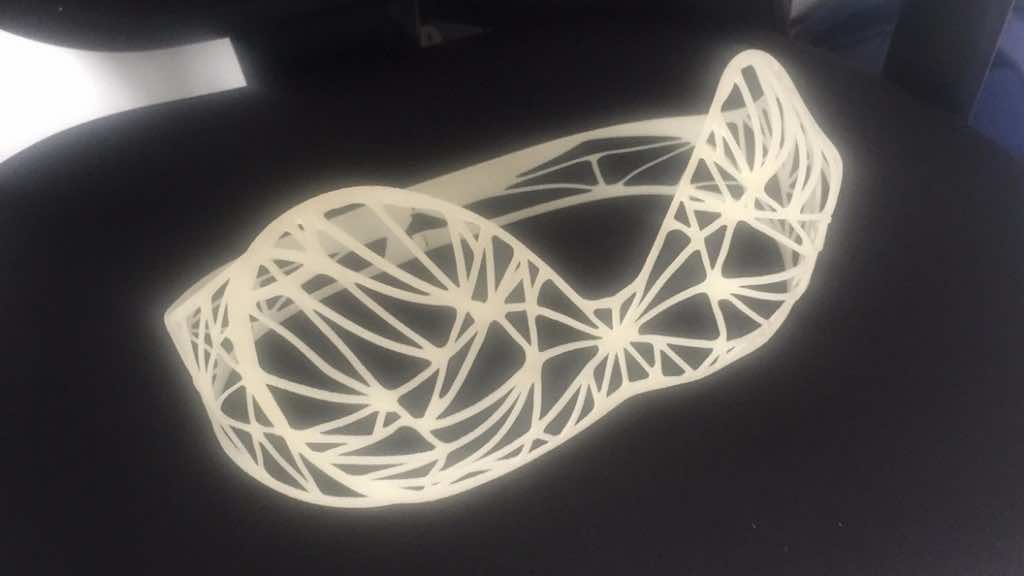Materials technology in fabrics has improved beyond recognition in recent years. We have heard about the air-purifying knitwear as well as ultra-strong carbon fiber technology. It is not really a surprise that we are now looking at another special clothing technology that will allow it to filter pollutants from the water while it is being used by the swimmer. Although, currently, it is being meant to use as a swimming costume, it will definitely have better uses in the future as well including home-based purification systems and even commercial ones.
The suit was developed by a husband-wife pair of engineering professors Mihri and Nengez Ozkan from the University of California, Riverside. The design firm Eray Carbajo was also behind its development and funding as the new tech got the top prize in the Reshape 15 wearable competition.
The basic layer of the new swimsuit contains a 3D printed elastic netting that adapts according to the body of the wearer. This way, it is much more comfortable than ordinary fabric and feels as good as normal undergarments. However, the netting is see-through, so opaque inserts are used to increase the opacity of the clothing. They are made from a material called sponge.
It is that sponge that does most of the work. Since it is made from heated Sucrose, it is hydrophobic and repels water, keeping the skin clean and dry. It is also very useful for absorbing harmful constituents present in the water especially stagnant water. So, when a swimmer swims around a public pool, he not only manages to keep his privates dry, he can also contribute towards the cleaning of the pool. If all of them wear it, there might not be a need for cleaning the water at all. It can store up to 25 times its own weight with pollutants. This feature can be used for many remote water filtration projects where electricity is often a problem. It is such a useful product that it can be converted into a commercial portable filtration unit as well!
Also, once the contaminants get inside the fabric’s pores, they cannot be removed with the help of water, so it is kind of like a one-way process. The only way to remove these impurities is to heat the whole thing to 1,000 degrees. This process can be repeated up to 20 times before the material starts losing its porous properties. It was originally developed for cleaning up major oil spills and purifying sea water. There are potentially infinite applications of this material, and we just have to wait and see how our imagination goes!

